Figure skating is a unique blend of art and athleticism that demands finesse, technical skill, and physical strength. One topic that often arises when discussing training regimens for figure skaters is the role of weightlifting. So, should figure skaters lift weights?
While some may have reservations about incorporating weightlifting into a figure skater’s routine, there are valid reasons why this kind of strength training matters.
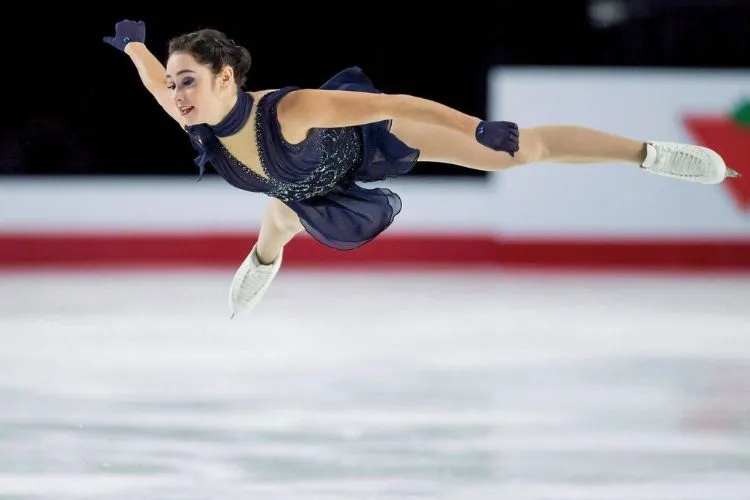
Should Figure Skaters Lift Weights?
Figure skating is a demanding sport. Skaters need to master jumps, spins, and other complex moves, all while maintaining an appearance that is effortless. Strength training becomes essential for these athletes as it directly influences their performance and resilience against injuries.
Understanding the Athletic Demails of Figure Skating
The athleticism required for figure skating is immense. Skaters must have the flexibility to perform deep edges and turns, the endurance to maintain energy through routines, and the strength to explode into jumps and spins.
It’s not just about looking good on the ice; being athletic enough to execute these elements at a high level is crucial.
The Role of Muscular Strength in Performance and Injury Prevention
Strength, particularly in the lower body, is the foundation for the powerful jumps that are a highlight of the sport.
Strong muscles also stabilize landings and reduce the risk of falls or missteps that can cause injuries. Moreover, a strong core and back can improve posture and balance, which are vital for the intricate footwork and spins.
Debunking Myths About Weightlifting for Figure Skaters
Despite its benefits, misconceptions about weightlifting among figure skaters persist. It’s time to debunk some of these myths and set the record straight.
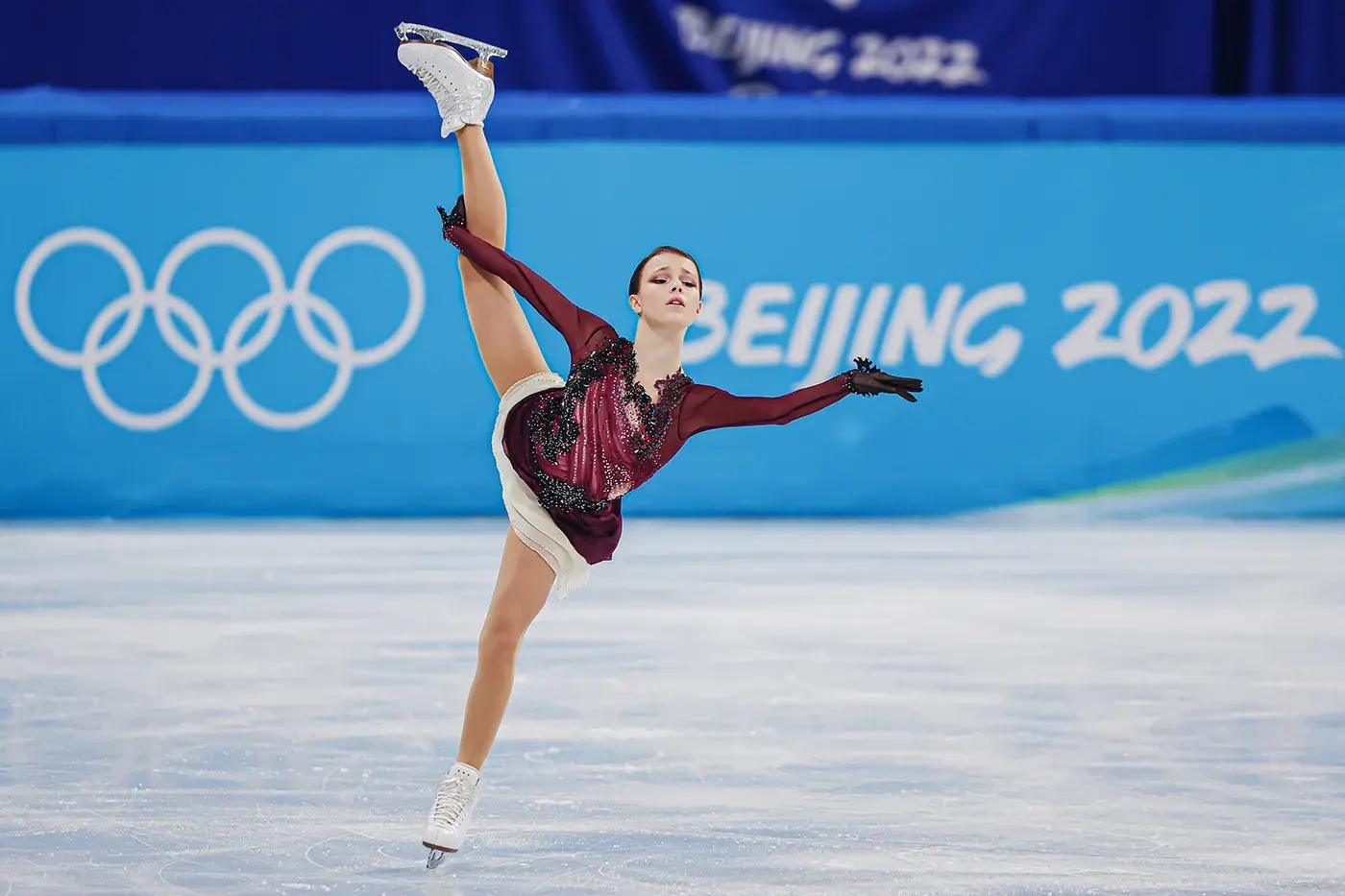
Myth 1: Weightlifting Makes Skaters Bulky
It’s a common belief that weightlifting will lead to bulky muscles, but that’s not necessarily the case. The outcome of strength training depends on the approach. With the right program, skaters can become stronger without adding unwanted bulk.
Myth 2: Weightlifting Decreases Flexibility
In fact, when done correctly, strength training can complement and even enhance flexibility. It strengthens the muscles around the joints, leading to a greater range of motion.
Myth 3: Weightlifting is Only for Male Athletes
This stereotype is far from reality. Female skaters have just as much to gain from weightlifting as their male counterparts. It’s about personalized training tailored to the skater’s needs, not a one-size-fits-all approach.
How Figure Skaters Should Approach Weightlifting?
While it’s clear that weightlifting is beneficial for figure skaters, the approach makes all the difference. A thoughtful, well-structured program is key.
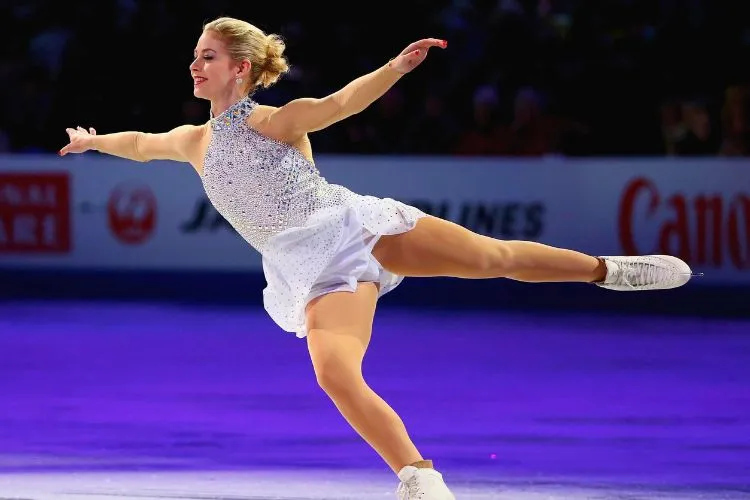
Starting with the Basics: Core Strength and Stability
For figure skaters, it all starts with the core. Exercises targeting core stabilization and strength lay the groundwork for more complex movements on the ice.
Integrating Weightlifting Into Skater’s Training Schedule
The challenge is in finding the ideal balance. Weightlifting should complement on-ice training, not overwhelm it. Skaters need to figure out the best times to incorporate weight sessions into their routines, ensuring they have adequate recovery periods.
Key Areas of Focus for Figure Skaters
The lower body, core, and back are of particular importance. Skaters rely on these areas for nearly every movement in their sport, from the deepest bend to the highest leap. In pair skating, arms and shoulders also play a crucial role in executing lifts and holds.
Pro Tips: Tailoring Workouts to Skating Goals
Working with trainers who understand the unique needs of figure skaters can help fine-tune workout programs. These professionals can recommend specific exercises that translate well to on-ice skills.
You may also like: Hockey Skates vs Figure Skates
Addressing Common Concerns and Questions
It’s natural for skaters and coaches to have concerns about integrating weightlifting into training, especially for young athletes.
Pro Tips: Tailoring Workouts to Skating Goals
Young skaters should engage in strength training that’s appropriate for their age and physical development. It’s essential to focus on technique and safety.
How to Measure Progress and Adjust Workouts?
As skaters develop, it’s important to keep an eye on their progress. Are they getting stronger? Are their jumps higher? Adjustments to workouts may be necessary to continue seeing gains without risking overuse injuries.
Understanding Periodization in Training
Understanding periodization in training is critical for figure skaters aiming to optimize their performance throughout the season. Periodization involves dividing the training schedule into distinct phases—preparation, competition, and transition—each with a specific focus on volume, intensity, and recovery.
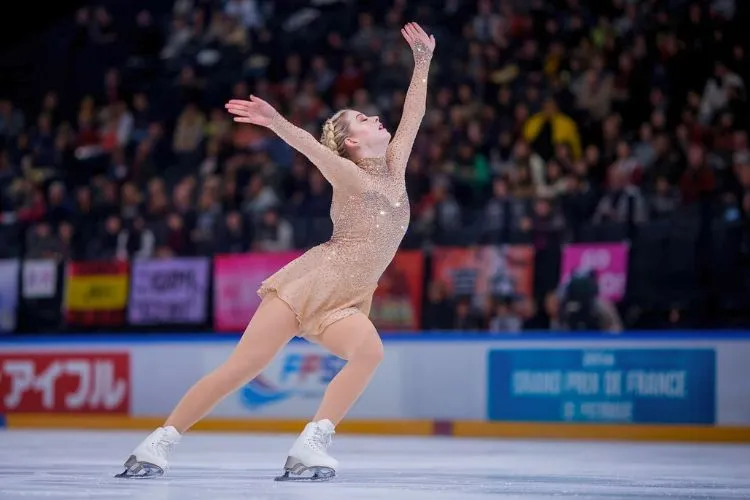
During the preparation phase, athletes can emphasize increasing muscular strength and endurance through higher volume and intensity weightlifting sessions, alongside on-ice skill development. This phase lays the foundation for the intense demands of competition.
As skaters transition into the competition phase, the focus shifts towards maintaining the strength gains achieved during preparation while reducing the volume of weight training to prioritize on-ice performance and technical refinement. This balance is crucial to peak at the right moments without experiencing fatigue or burnout.
In the transition phase, after the competitive season concludes, the emphasis is on recovery and addressing any injuries. This period allows skaters to mentally and physically rest, engage in light cross-training, and prepare for the cycle to begin again.
By intelligently structuring training around these phases, skaters can ensure they are at their peak when it matters most, without sacrificing performance or risking overtraining.
Frequently Asked Questions (FAQs)
How often should figure skaters lift weights?
Skaters might lift weights 2 to 3 times a week, depending on their on-ice schedule and physical capacity.
Can weight training help improve jump height and spin speed for figure skaters?
Yes, targeted weight training can improve the power and control necessary for higher jumps and faster spins.
What types of weightlifting exercises are most beneficial for figure skaters?
Exercises focusing on the lower body, core, and balance are generally most beneficial.
Are there specific weightlifting programs designed for figure skaters?
Skaters often work with trainers to create customized weightlifting programs that focus on the unique needs of their sport.
How can figure skaters balance the risk of muscle gain impacting their flexibility and performance?
By incorporating weightlifting that focuses on high repetitions and lower weights, and balancing strength work with flexibility exercises.
Conclusion
Weightlifting can be an essential piece of a figure skater’s training program. When approached with care, it can lead to improved strength and performance, and a lower chance of injury. Skaters should look at weightlifting not as an option, but as a complement to their work on the ice.
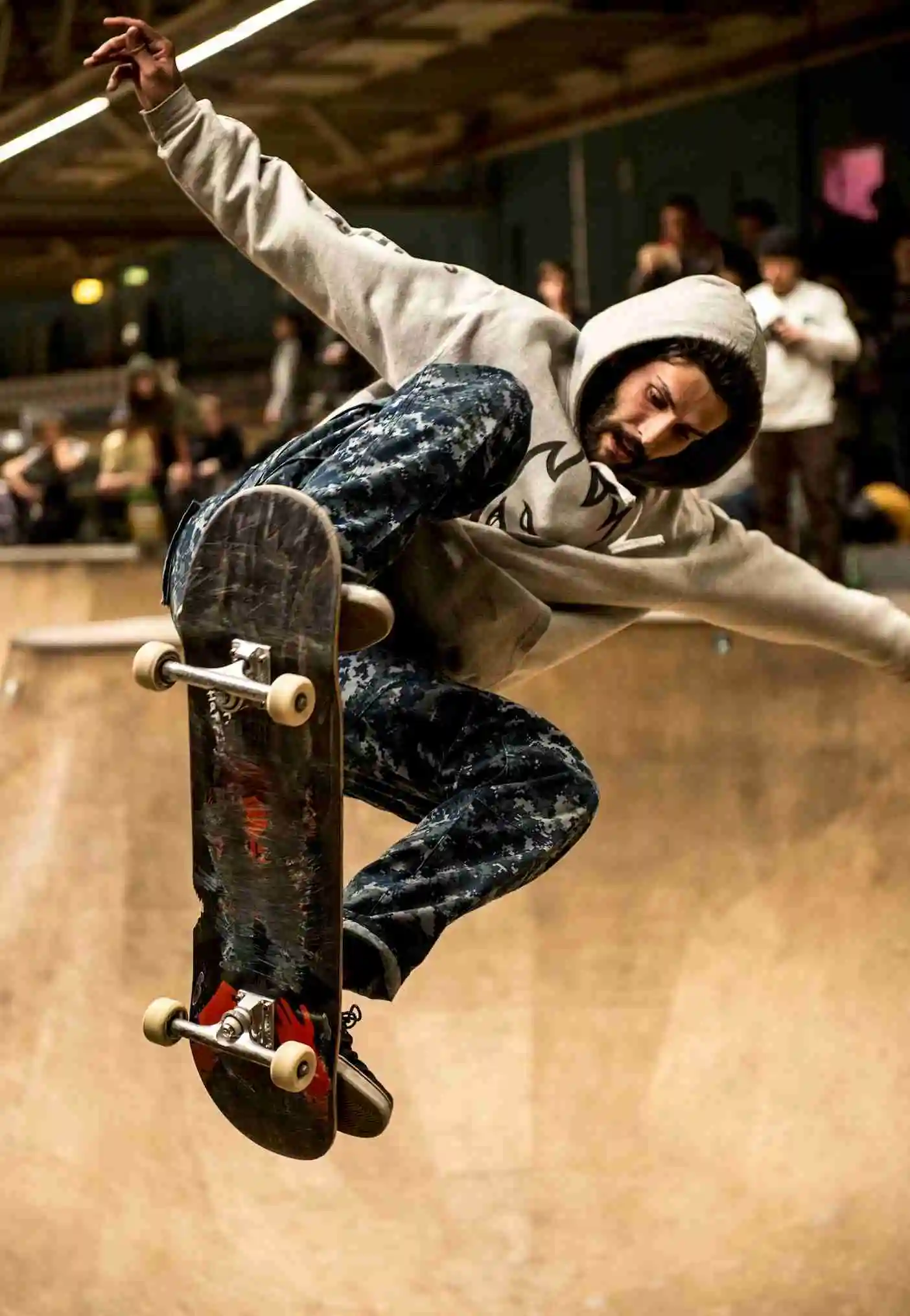
Matthew James is a passionate skater who wanted to create a platform to share his love for skating with others. With a vision to create a vibrant community of skaters, he aims to provide a space where skaters of all levels can connect, learn, and grow together.
